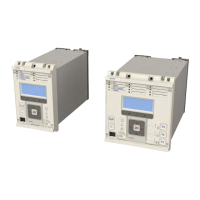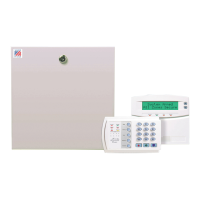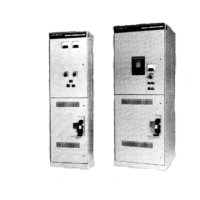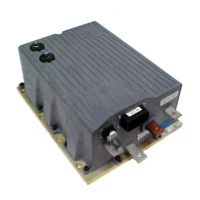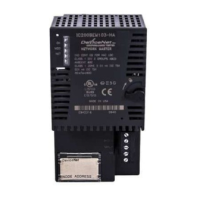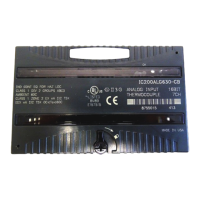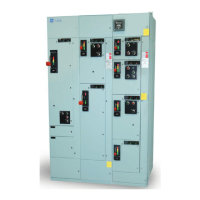In most situations, the system will not be fully compensated and consequently a small level of steady state fault
curr
ent will be allowed to flow. The residual current seen by the protection on the faulted feeder may therefore be
a larger value, which further emphasises the fact that the protection settings should be based upon practical
current levels, wherever possible.
The above also holds true for the RCA setting. As has been shown, a nominal RCA setting of 0º is required.
However, fine-tuning of this setting on-site may be necessary in order to obtain the optimum setting in accordance
with the levels of coil and feeder resistances present. The loading and performance of the CT will also have an
effect in this regard. The effect of CT magnetising current will be to create phase lead of current. Whilst this would
assist with operation of faulted feeder IEDs, it would reduce the stability margin of healthy feeder IEDs. A
compromise can therefore be reached through fine adjustment of the RCA. This is adjustable in 1° steps.
7.5.4 SOLIDLY EARTHED SYSTEM
Principle
For ear
th fault settings >20% of the motor continuous rated current you can use conventional residual CT
connection for the detection of earth faults. Anything under this value the use of a core balance CT can be more
applicable.
Care must be taken to ensure the relay does not operate from the spill current resulting from asymmetric CT
saturation during starting. To achieve stability under these conditions, it is usual to insert a stabilizing resistor in
series with the relay (when set for instantaneous operation) or use a time delay. The required value of resistor is
calculated as follows:
R
stab
=
(R
ct
+ N. R
1
+ R
r
)
Wher
e:
I
o
= earth fault setting in amps
I
st
= motor starting current referred to CT secondary
R
ct
= d.c. resistance of CT secondary
N = 1 for 4 wire CT connection (star point at CTS)
2 for 6 wire CT connection (both star points formed at relay panel).
R
1
= resistance of single lead from relay to CT
R
r
= Relay resistance in ohms
Note:
The value of the CT Knee-pint is calculated as Vk≥4 Io x Rs when Rs is the actual stabalizing resistence value.
Typical settings
The ear
th fault element should be set non-directional with a setting of approximately 30% of the motor continuous
rated current.
Where a stabilizing resistor is used the earthfault element should be set instantaneous. If not used, stability during
asymmetric CT saturation can be achieved by time delaying the earth fault element. The actual timer setting is
very much system dependent.
If the motor is supplied by a fused contactor, it is important to grade the earthfault protection to ensure that the
contactor does not attempt to interrupt fault current in excess of its breaking capacity.
P24xM Chapter 6 - Current Protection Functions
P24xM-TM-EN-2.1 119
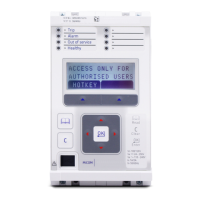
